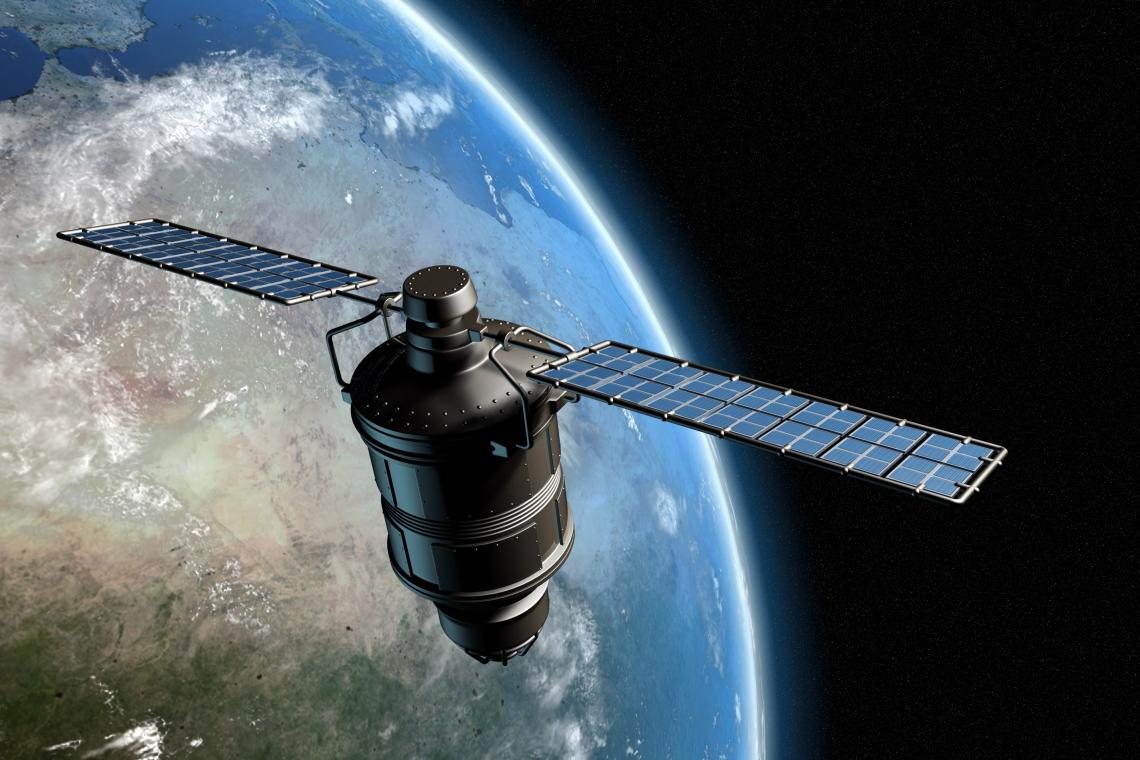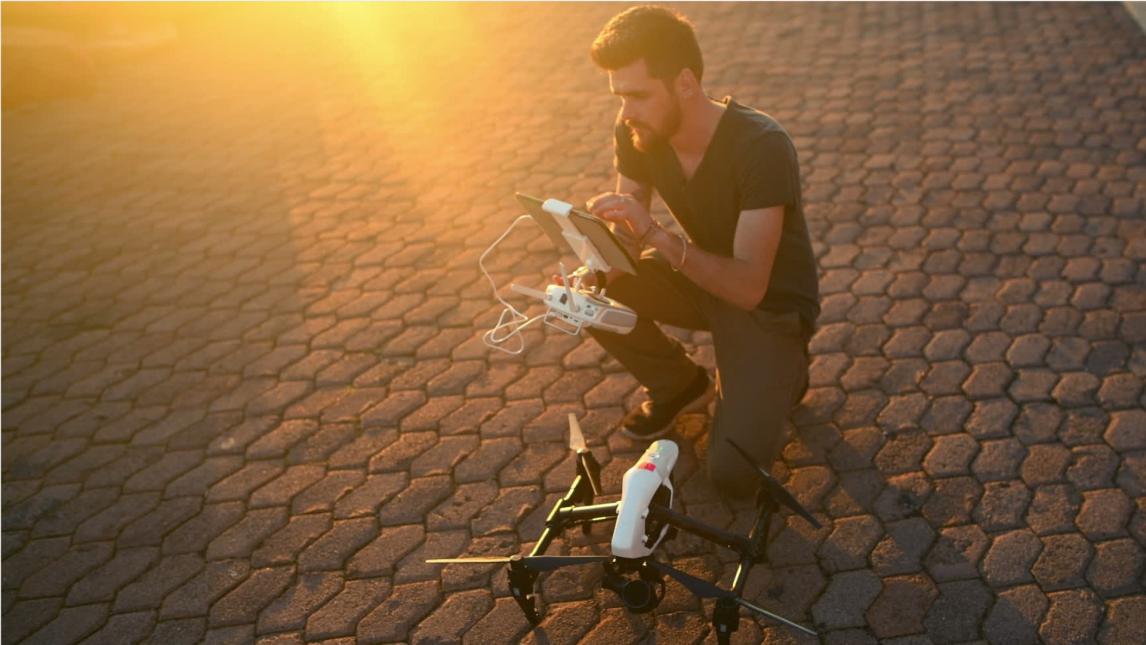Investigating the Role of Satellite Data in Weather Forecasting and Climate Prediction
Accurate weather forecasts and climate predictions are essential for a wide range of human activities, from agriculture and transportation to disaster preparedness and energy management. Satellite data has revolutionized weather forecasting and climate prediction by providing valuable information about the Earth's atmosphere, land surface, and oceans.

Satellite Data Collection And Types
Satellites used for weather forecasting and climate prediction can be classified into two main types: geostationary satellites and polar-orbiting satellites.
Geostationary Satellites
- Remain fixed above a single location on Earth's equator.
- Provide continuous monitoring of weather conditions in a particular region.
- Used for short-term weather forecasting and nowcasting.
Polar-Orbiting Satellites
- Orbit around Earth from pole to pole.
- Provide global coverage of weather conditions.
- Used for long-term climate prediction and monitoring.
Satellites collect a wide range of data, including temperature and humidity profiles, wind speed and direction, cloud cover and precipitation, sea surface temperature, and soil moisture.
The advantages of satellite data include its global coverage, continuous monitoring, and high resolution.
Applications Of Satellite Data In Weather Forecasting

Satellite data is used in a variety of weather forecasting applications, including short-term weather forecasting and long-term climate prediction.
Short-Term Weather Forecasting
- Nowcasting: Predicting weather conditions in the next few hours.
- Numerical Weather Prediction (NWP): Using computer models to predict weather conditions up to several days in advance.
Long-Term Climate Prediction
- Seasonal Forecasting: Predicting weather patterns and trends for the next few months.
- Climate Change Projections: Predicting long-term changes in climate due to human activities.
Challenges And Limitations Of Satellite Data
While satellite data is a valuable tool for weather forecasting and climate prediction, there are also some challenges and limitations associated with its use.
- Data Gaps and Missing Data: Satellites cannot always collect data due to factors such as cloud cover or satellite malfunctions.
- Errors and Biases in Satellite Data: Satellite data can be affected by errors and biases due to factors such as instrument calibration and atmospheric conditions.
- Need for Data Assimilation and Quality Control: Satellite data must be assimilated with other data sources and undergo quality control to ensure accuracy and consistency.
Future Directions And Advancements

There are a number of new satellite missions and technologies in development that will improve the quality and quantity of satellite data available for weather forecasting and climate prediction.
- New Satellite Missions and Technologies: New satellite missions, such as the GOES-R series and the Joint Polar Satellite System (JPSS), will provide more frequent and higher-resolution data.
- Improved Data Processing and Analysis Techniques: Advances in data processing and analysis techniques will help to improve the accuracy and reliability of weather forecasts and climate predictions.
- Integration of Satellite Data with Other Data Sources: Satellite data will be increasingly integrated with other data sources, such as ground-based observations and model output, to create a more comprehensive understanding of the Earth's climate system.
Satellite data has revolutionized weather forecasting and climate prediction by providing valuable information about the Earth's atmosphere, land surface, and oceans. Ongoing advancements in satellite technology and data analysis techniques are improving the accuracy and reliability of weather forecasts and climate predictions. Continued investment in satellite technology and data analysis is essential to ensure that we have the best possible information to make informed decisions about the future of our planet.
YesNo

Leave a Reply